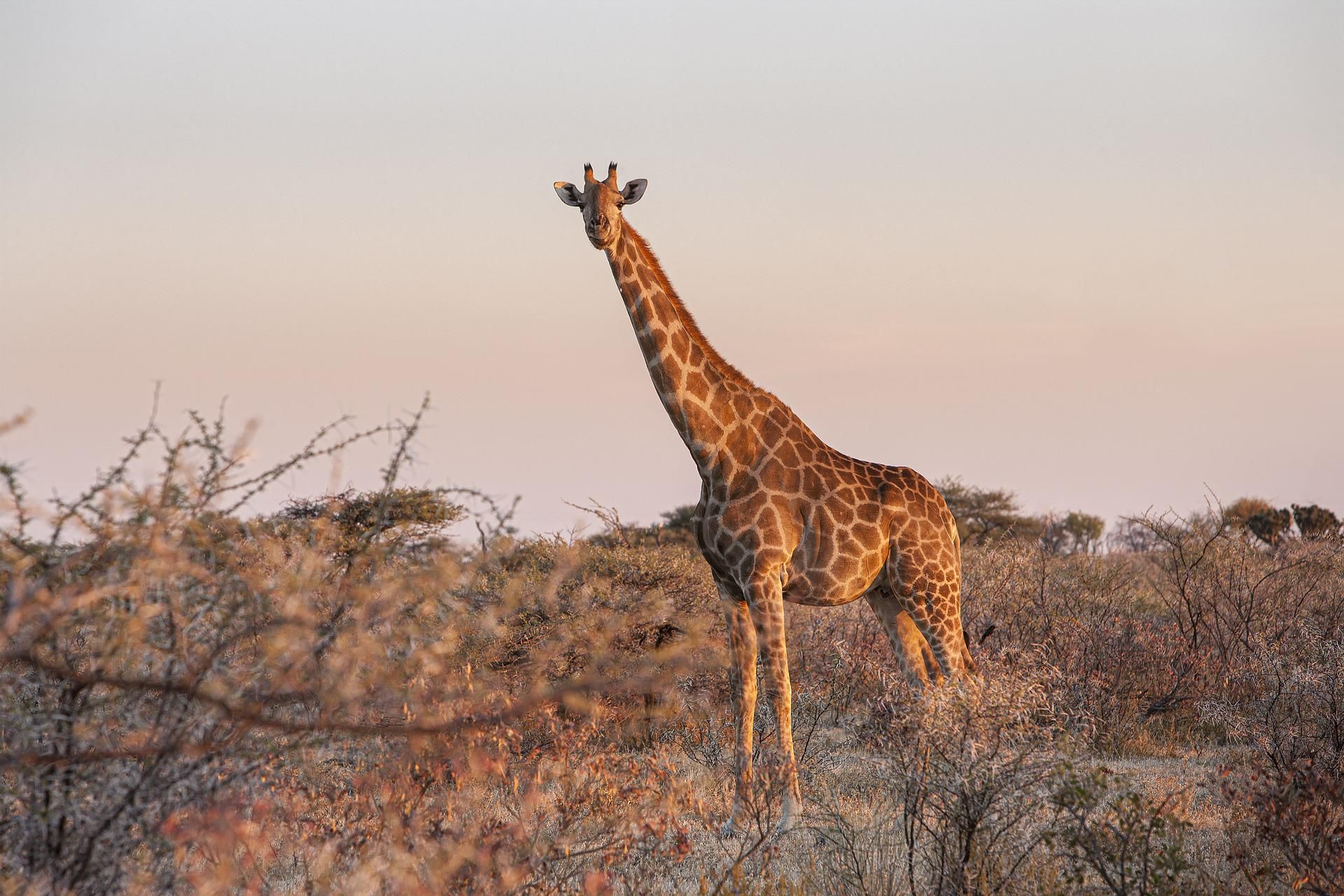Innovation, that is, the ability to find solutions to new problems or innovative solutions to known problems, is a key skill for the survival of a species. But what kind of individuals develop this ability the most? According to a study by the University of Barcelona, the least social animals are, paradoxically, the most innovative of the group. «Individuals who are less socially integrated are less likely to obtain resources such as food, but also more likely to overcome the aversion to new things to try to improve their situation«, explains Álvaro López Caicoya, a researcher at the Faculty of Psychology and the Institute of Neurosciences (UBneuro) and first author of the article.
The study was carried out with 111 animals of 13 different speciesamong those who met goats, dromedaries, Przewalski’s horses, giraffes, llamas, sheep and deers, among other ungulates, that they lived in captivity in the zoos of Barcelona, from La Barbent (France) and from Nuremberg and Leipzig (Germany). Each of these groups of animals would have to face a test consisting of opening a type of container that they did not know and that contained the preferred food of each species.
Previously, all the animals had been classified according to various aspects that could have an impact on their problem-solving abilities, such as fear of new objects, diet and social integration in the group. The goal was identify individual and socio-ecological characteristics of the most successful animals in the face of the challenge posed by the researchers.
cognitive ability
Of the centenary of animals that participated in the experiment, only 36% managed to open the container and access the food at least once. «The species with the highest percentage of individuals that left were dromedaries and goats, with 86% and 69% respectively,» highlights Caicoya.
Related news
In the successful cases, the researchers also evaluated the diversity of resources used to solve the challenge. «Most opened the containers using the nose, muzzle or lips; only nine of these forty animals used more than one strategy to solve the challenge, such as gently lifting the lid with their lips or throwing the glass to the ground,» they explain in the article.
According to the researchers, this publication is a pioneering work in the iresearch on ungulate cognition, since there are only a handful of similar studies with these species. «Traditionally they have been considered livestock and have not been interested in their behavior or understanding. Thanks to this and other studies, we are beginning to see that they are animals too with complex behaviors worth studying«, highlights Caicoya.

